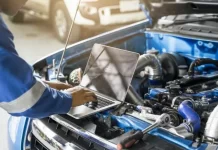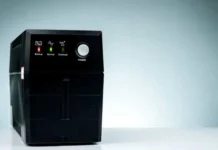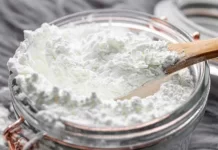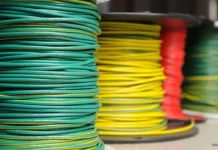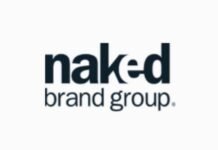3D printing is widely used in offices, homes, schools and in laboratories and in studios . Its shows us the images in the form of 3 dimensional objects. If you are looking for 3D printers then you should try best 3D printer from SEACAD
3D Printing: What Is It?
3D printing is a technology that uses digital models to manufacture physical items out of plastic, metal, or a combination of these materials. For this reason, 3D printers are referred to as “additive manufacturers” since they add material to an item in very thin layers.3D printing is a manufacturing method in which a three-dimensional object is built layer by layer from raw materials. (Because the item is produced from the ground up, this is considered an additive process, as opposed to subtractive procedures that cut, drill, mill, or machine material off.) When it comes to 3D printing, materials (such as plastic and metal) and techniques vary, but they all have the same ability to turn digital files containing three-dimensional data into physical objects. This is true whether the data was generated by computer assisted design (CAD) or computer assisted manufacturing (CAM) software, as well as from 3D scanners.Customers may purchase presents and other small products and have them printed on their own 3D printers, then have them shipped to them. Services like Shapeways and Sculpteo do this all the time. Customers have the option of submitting their own 3D object files or selecting things from an online catalogue, most of which were developed by other service users.Nevertheless, 3D printing services are no longer exclusive to professionals. Many large corporations, such as UPS, have begun offering 3D printing services, and traditional print shops have followed suit.
What Is the Process of 3D Printing?
3D printers, like conventional printers, make use of a number of different technologies. Fused deposition modelling (FDM), also known as fused filament manufacturing, is the most widely utilised (FFF). It uses a heated extrusion nozzle to melt and deposit a thermoplastic filament, such as ABS, PLA, or another thermoplastic, in layers. 3D printers utilised FDM (a Stratasys trademark) when they first came out, as do most consumer, enthusiast, and educational 3D printers today. This was in the mid-1990s.Stereolithography is another 3D printing method. It uses a UV laser to trace an object’s outline on a vat of ultraviolet-sensitive photopolymer. Wherever the beam contacts the polymer, it hardens, and the beam “prints” the item layer by layer according to the instructions in the CAD or CAM file it’s working from.
Digital light projector (3D printing using a DLP) printing is a variant on it. This procedure utilises a digital light processing projector to shine light on a liquid polymer. Over time, the polymer hardens as the item is constructed and drained of excess liquid.
Modeling with multiple jets is a 3D printing technique similar to that of an inkjet printer that sprays consecutive layers of powder with a coloured glue-like binder. In terms of speed, this is up there with the best, and it also enables printing in many colours.Modeling with multiple jets is a 3D printing technique similar to that of an inkjet printer that sprays consecutive layers of powder with a coloured glue-like binder. In terms of speed, this is up there with the best, and it also enables printing in many colours.Changing an inkjet printer to print with something other than ink is doable. Piezoelectric print heads, which are often found on 3D printers, have been developed or modified by resourceful do-it-yourselfers to operate with a variety of materials. Print heads with 3D capabilities are available from companies like MicroFab Technologies (as well as complete printing systems).

